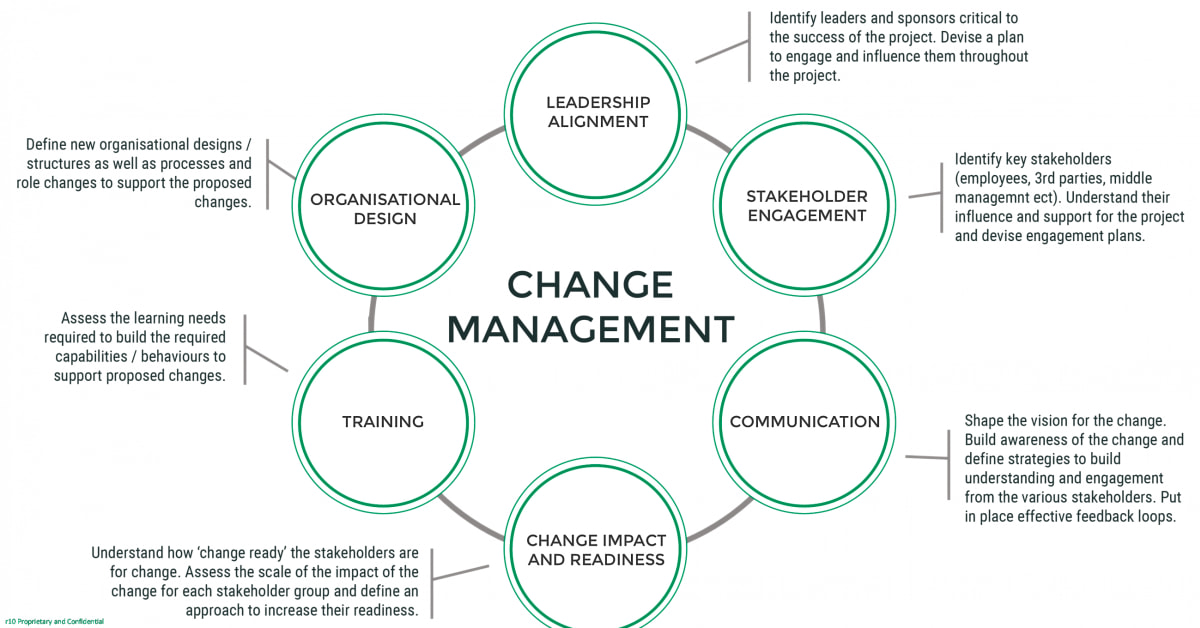Welcome to our article on transitioning leadership roles and strategies for success! In today’s fast-paced and ever-changing business world, it is essential for companies to have effective leadership development and succession planning in place. This ensures a smooth transition of leadership roles and helps businesses thrive in the long run. However, this process can be challenging and requires careful planning and execution. In this article, we will discuss various strategies for successfully transitioning leadership roles, regardless of the context or circumstances. So, whether you are a new leader taking over a team or an organization undergoing a change in leadership, this article will provide you with valuable insights and tips for a successful transition. Let’s dive in!To effectively cover the topic of transitioning leadership roles, it’s important to address various aspects of business management that are relevant to this process. This includes management strategies, leadership skills, project management, time management, team building, decision making, communication skills, problem solving, organizational skills, and productivity. For example, when discussing management strategies, it’s important to highlight the different approaches that can be used when transitioning leadership roles. This could include a top-down approach where the current leader handpicks their successor or a more democratic approach where team members are involved in the decision-making process. It’s also important to consider the leadership skills that are necessary for a successful transition. This may include qualities such as adaptability, vision, and the ability to inspire and motivate others. Project management is another key aspect of transitioning leadership roles. The new leader must be able to effectively plan, delegate, and oversee projects while also maintaining a clear understanding of the organization’s goals and objectives. Time management is also crucial in this process, as leaders must be able to balance their own responsibilities with the tasks involved in transitioning roles. Team building is another important factor to consider as a new leader takes on their role. Building a strong team and fostering collaboration can help ensure a smooth transition and continued success for the organization. Decision making is another essential skill for transitioning leaders, as they must be able to make informed and strategic decisions for the benefit of the organization. Communication skills are also critical in this process, as effective communication can help build trust and maintain transparency during the transition. Additionally, problem solving is a key aspect of transitioning leadership roles. Leaders must be able to identify and address any challenges that may arise during the transition period in order to keep the organization moving forward. Organizational skills are also crucial for a smooth transition, as leaders must be able to manage their own tasks while also overseeing the transition process for others. And lastly, productivity is a crucial factor in transitioning leadership roles. Leaders must be able to prioritize tasks, delegate effectively, and maintain a high level of productivity in order to ensure the success of the organization. By addressing these various aspects of business management, leaders can successfully navigate the transition of leadership roles and set themselves and their organization up for continued success.
Developing Leadership Skills
To ensure a smooth transition of leadership roles, it’s essential for individuals to develop their leadership skills. This could include effective communication techniques, conflict resolution strategies, and decision-making abilities.
Team Building and Succession Planning
Transitioning leadership roles often involves selecting and preparing individuals from within the organization. This makes team building and succession planning crucial aspects to cover in this article. It’s important to highlight the importance of identifying potential leaders, providing them with training and development opportunities, and creating a clear succession plan.
Transitioning leadership roles can be a challenging but necessary process for any business. By implementing effective management strategies, developing leadership skills, and investing in team building and succession planning, organizations can ensure a smooth and successful transition. Remember to regularly evaluate and adjust your plan as needed to support the growth and success of your business.






